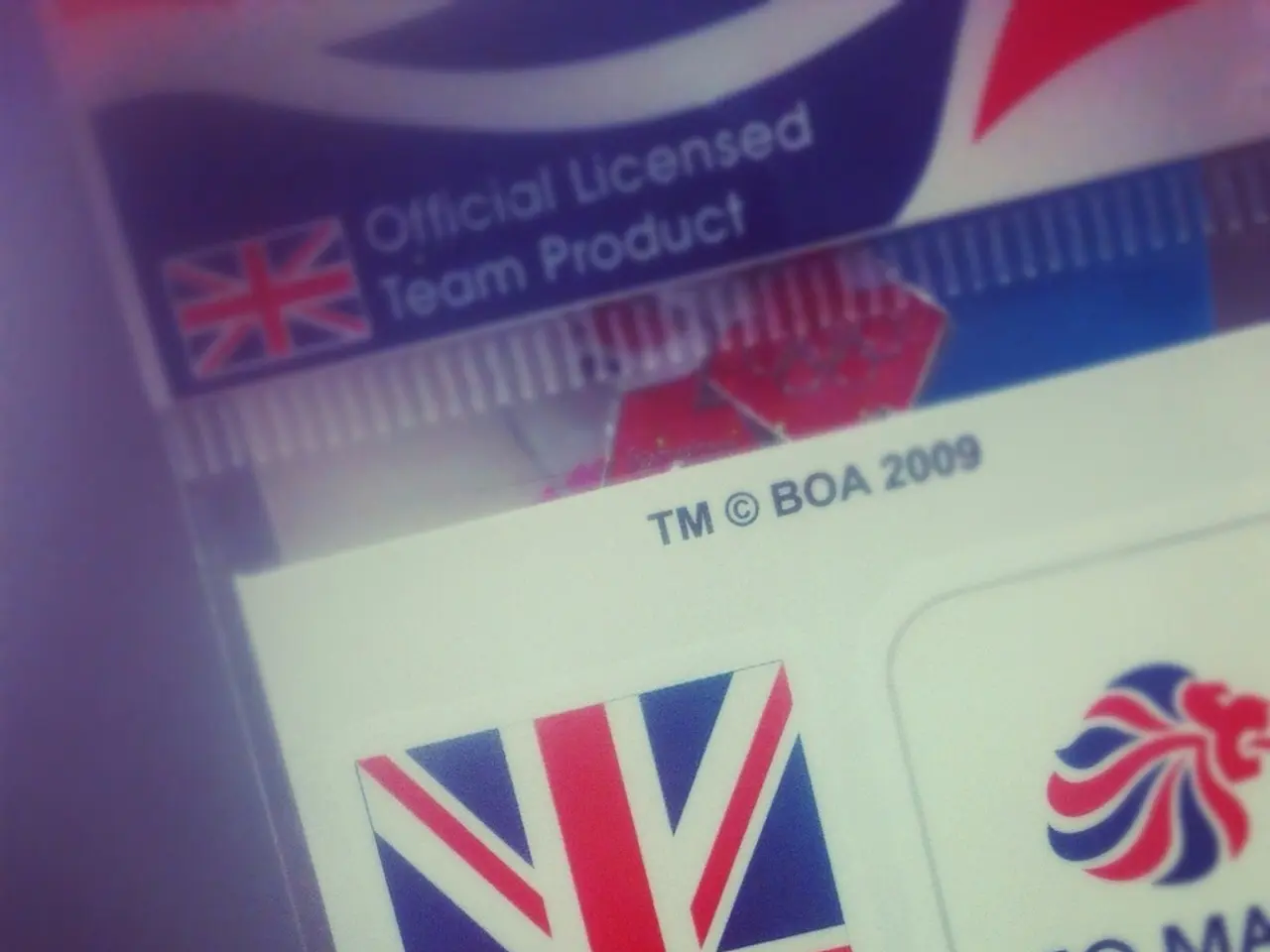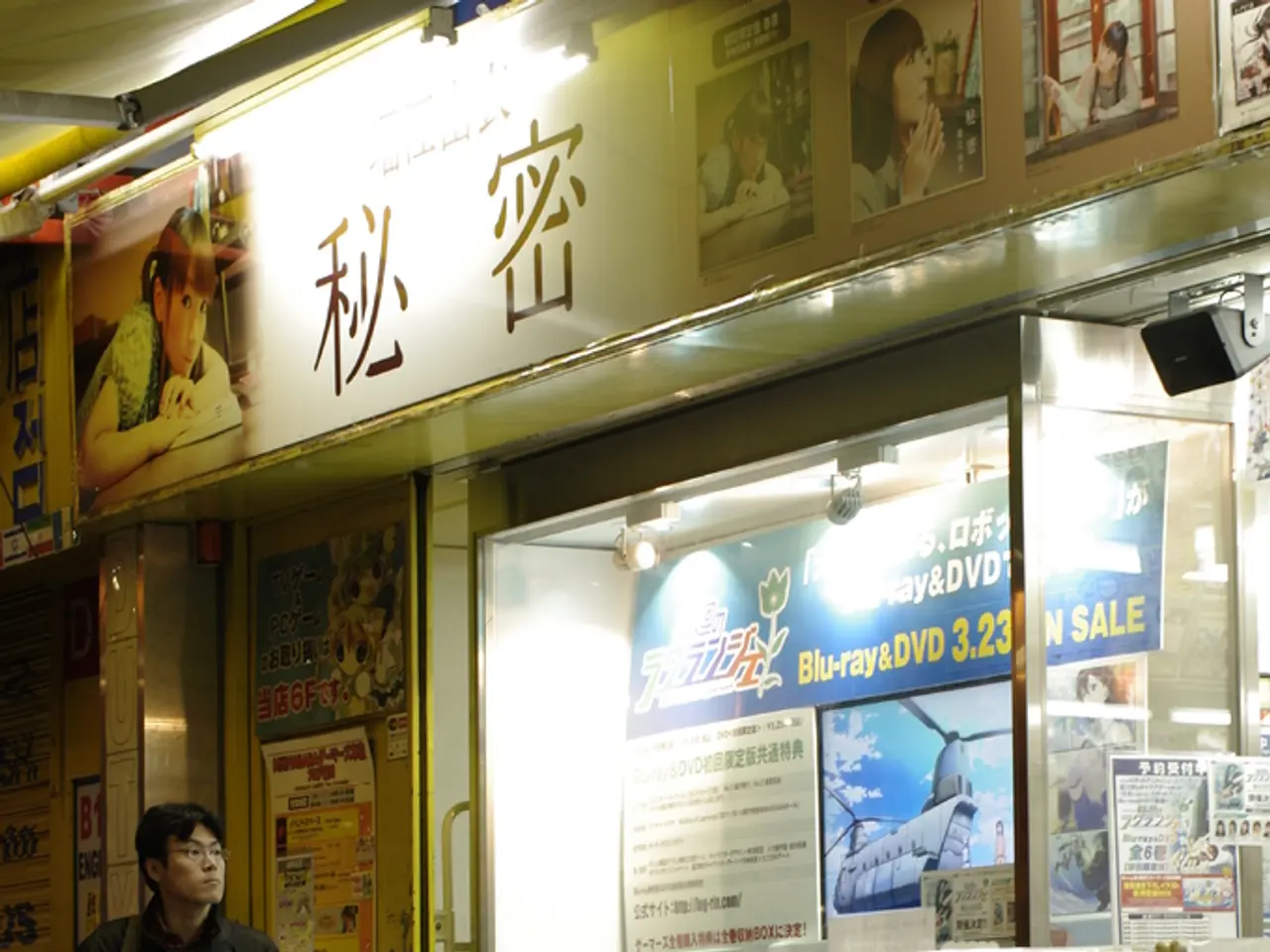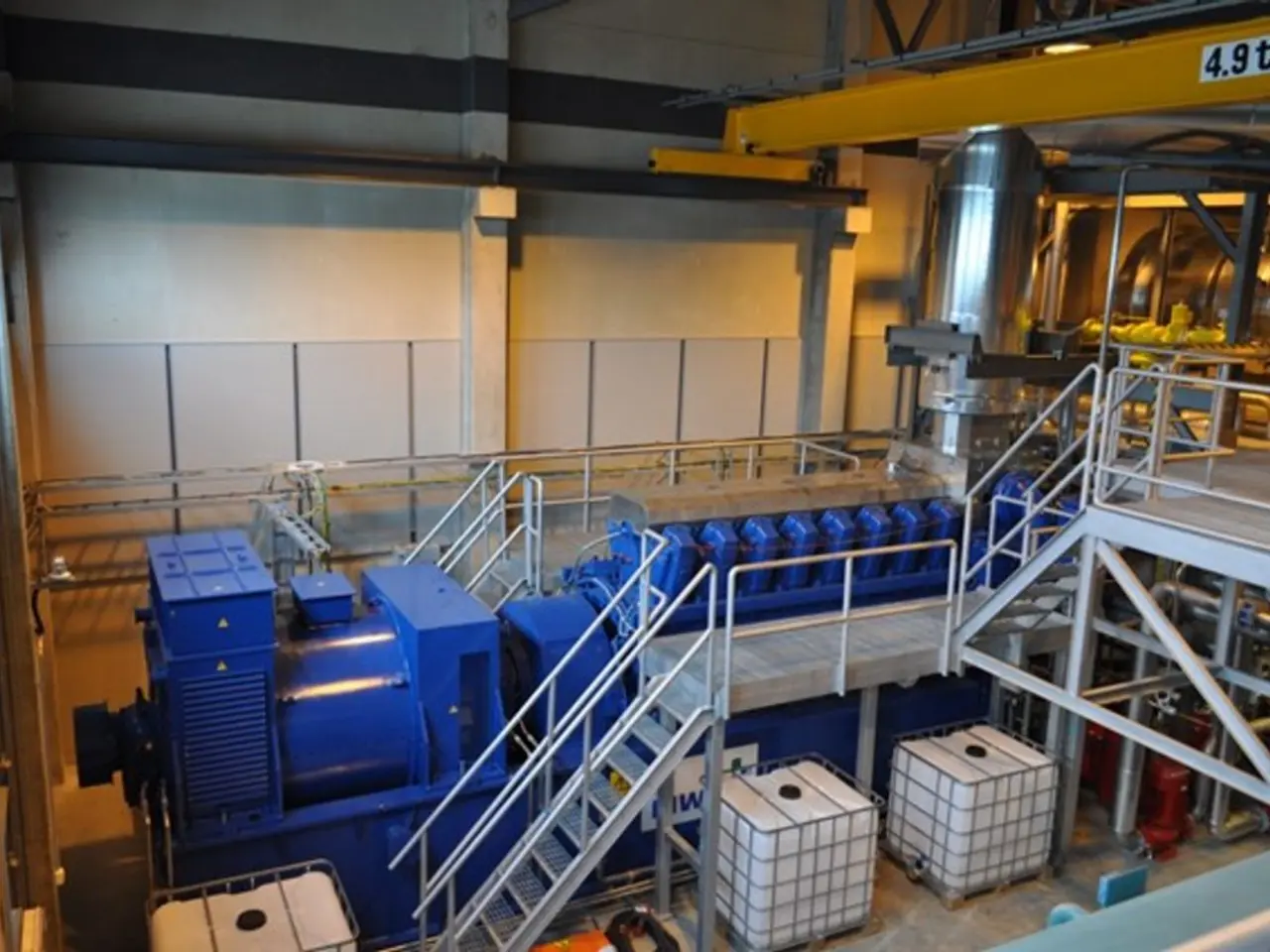Uncovering Signs of Illicit Finances in Automotive Transactions
In the world of high-value vehicle dealerships, the fight against money laundering has become a critical focus. dealers are required to establish robust Anti-Money Laundering (AML) programs to prevent their platforms from being used for illicit activities.
In the United Kingdom, high-value vehicle dealers fall under the category of High-Value Dealers regulated by the Money Laundering Regulations 2017. These regulations mandate dealers to conduct customer due diligence (CDD), verify identities, understand the nature of business relationships, and be aware of risks related to politically exposed persons (PEPs) and shell companies.
Moreover, dealers must report cash transactions over €10,000 to HM Revenue & Customs (HMRC) and implement risk-based approaches endorsed by the Joint Money Laundering Steering Group (JMLSG). This involves regular risk assessments, tailored customer acceptance procedures, ongoing monitoring, and the appointment of a Money Laundering Reporting Officer (MLRO) to oversee compliance.
In Australia, while specific vehicle dealer AML regulations are not detailed in the available sources, dealers in high-value goods sectors, including luxury cars, are expected to comply with similar requirements under the Anti-Money Laundering and Counter-Terrorism Financing Act 2006 (AML/CTF Act). This act requires dealers to conduct thorough customer identification and verification, report suspicious matters and transactions above set thresholds to AUSTRAC, and implement risk-based AML programs commensurate with the money laundering risks posed by the business.
Despite these regulations, dealerships are less regulated than banks and investment firms, resulting in weak regulatory oversight. To mitigate money laundering risks, businesses must institute an AML compliance program, which includes customer identification and verification, customer due diligence, ongoing monitoring, a compliance team, AML training, and audits.
Notably, in 2015, Bryan Barbarawi, owner of several car dealerships in Ohio, was arrested for money laundering, punishable by up to 20 years in prison and $250,000 in fines. This incident underscores the need for stringent AML regulations and compliance in the industry.
In Europe, individuals trading in goods must comply with European Anti-Money Laundering Directives when they receive payments in cash over €10,000. To avoid selling to a fraudster, the shipyard needs to check submitted documents for signs of tampering using AI-based technology.
High-value dealers have a poor record when it comes to following AML requirements, according to Transparency International. Money laundering through vehicle sales can involve fake sales documents, colluding dealerships, and turning illegal money into legitimate refunds. To check if a customer is sanctioned or involved in illegal activity, dealers should screen buyers against lists of known terrorists, sanctioned persons, and wanted criminals, including OFAC, UN, EU Sanctions lists, Interpol lists, and perform adverse media checks.
In summary, high-value vehicle dealers in the UK and Australia are subject to specific AML regulations, with the UK dealers being more explicitly regulated under the Money Laundering Regulations 2017 and the Australian dealers adhering to similar principles under the AML/CTF Act. However, explicit vehicle dealer provisions are not detailed in the available sources for Australia. It is crucial for dealers to verify the identities of individuals and companies they transact with, follow a risk-based approach, and maintain robust AML compliance programs to curb money laundering activities.
Summary Table:
| Jurisdiction | Key AML Regulations for High-Value Vehicle Dealers | |--------------|-----------------------------------------------------------------------------------| | United Kingdom | - Money Laundering Regulations 2017- Due Diligence (CDD)- Reporting cash ≥€10,000 to HMRC- Risk-based approach per JMLSG- Appointment of MLRO | | Australia | - AML/CTF Act 2006- Customer Identification and Verification- Reporting suspicious transactions to AUSTRAC- Risk-based AML programs |
- To ensure the integrity of their transactions and contribute to global efforts against money laundering, high-value vehicle dealers in the United Kingdom, following the Money Laundering Regulations 2017, must conduct due diligence, report cash transactions over €10,000 to HMRC, implement risk-based approaches, and appoint a Money Laundering Reporting Officer (MLRO).
- In Australia, while there are no explicit vehicle dealer AML regulations stated in the available sources, dealers in high-value goods sectors, such as luxury cars, must comply with similar requirements under the Anti-Money Laundering and Counter-Terrorism Financing Act 2006 (AML/CTF Act) by conducting thorough customer identification and verification, reporting suspicious matters and transactions above set thresholds to AUSTRAC, and implementing risk-based AML programs to mitigate money laundering risks.








